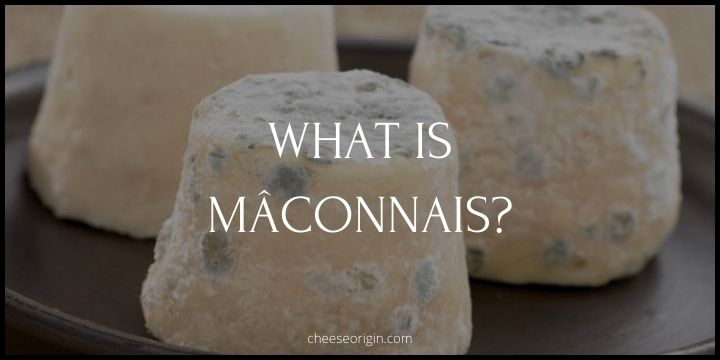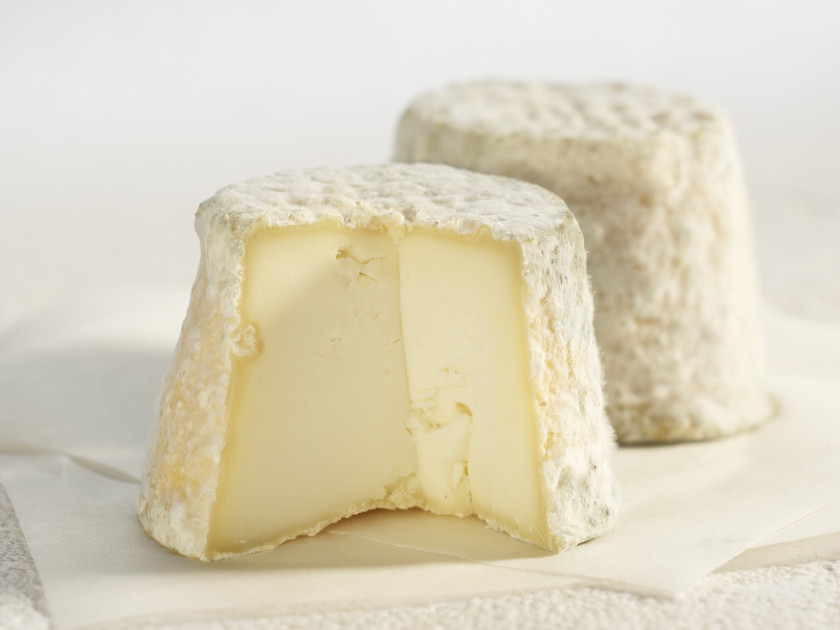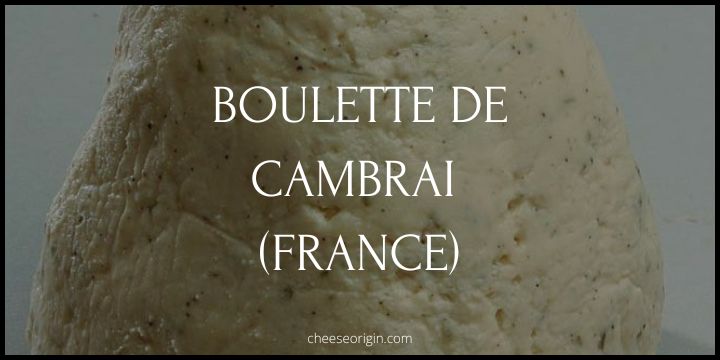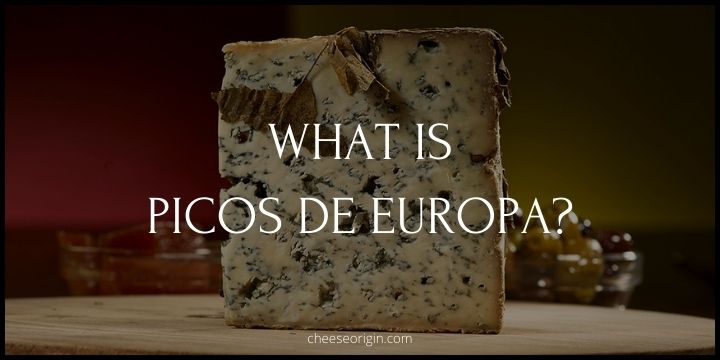What is Mâconnais? The Petite Powerhouse of French Cheeses

The Mâconnais district, sitting west of the Saône river, is a tapestry of rolling landscapes alternated with monumental cliffs. It’s a region that not only produces remarkable wines but also contributes to the world of gastronomy with its exquisite Mâconnais cheese. This small, unassuming cheese, often overshadowed by its more famous French cousins, holds its own with a distinct flavor profile that can be attributed to the local environment.
Mâconnais cheese, just like the region’s renowned Chardonnay wines, is a product of its surroundings. The local flora contributes to the quality of the milk produced by the cows that graze on the lush pastures, which in turn influences the taste of the cheese. This gives Mâconnais its unique character – creamy and soft with a mild yet tangy flavor that leaves a lasting impression on the palate.
But Mâconnais is more than just a treat for the tastebuds. It’s a testament to the rich history and tradition of a region that has been a center of viticulture since Roman times. Every bite of Mâconnais is a journey through time, a taste of the past preserved in the present.
Quick Facts About Mâconnais Cheese
| Quick Facts | Details |
|---|---|
| Origin | Mâconnais region, Burgundy, France |
| Milk Type | Goat’s milk |
| Cheese Type | Soft cheese with a natural rind |
| Aging Time | Minimum of 10 days, often aged up to several weeks |
| Shape & Size | Small cylindrical shape, typically weighing around 50 grams |
| Flavor Profile | Nutty and tangy when young, becoming more robust as it matures |
| Texture | Creamy and soft texture, becoming denser with age |
| PDO Status | Protected Designation of Origin (PDO) since 2005 |
| Pairings | Ideal with white wines from the Mâconnais region, baguettes, fruits |
| Production Season | Primarily produced from February to November |
What is Mâconnais Cheese?

Steeped in the rich culinary tradition of France, Mâconnais Cheese is a gastronomic gem hailing from the scenic Mâconnais region in southern Burgundy. This artisanal delight gets its name from the charming town of Mâcon, which lies in the heart of this cheese-making territory.
What makes Mâconnais Cheese truly special? It’s a soft, goat’s milk cheese, crafted with meticulous care and an unwavering adherence to traditional methods. The process begins with fresh, high-quality goat’s milk. This raw ingredient is then transformed into small, cylindrical cheeses that weigh around 50 grams each – a perfect size for a gourmet treat.
But the magic really happens during the aging process. When young, Mâconnais Cheese boasts a creamy, soft texture and a delicate flavor profile that’s both nutty and tangy. However, as it matures, this cheese undergoes a beautiful transformation. The texture becomes denser, and the flavor evolves into something robust and complex. The aging process takes a minimum of 10 days, but some connoisseurs prefer to let the cheese mature for several weeks to develop a more pronounced flavor.
One unique aspect of Mâconnais Cheese is its PDO (Protected Designation of Origin) status, granted in 2005. This means that every step of the production process, from the sourcing of the goat’s milk to the aging of the cheese, must occur in the Mâconnais region according to strict guidelines. This not only preserves the authenticity of Mâconnais Cheese but also reflects the rich heritage of this French region.
Whether enjoyed on its own, paired with a baguette, or savored alongside a glass of white wine from the Mâconnais region, this cheese offers a taste of French tradition that’s as captivating as the landscape where it’s made.
What Does Mâconnais Taste Like?
Mâconnais cheese offers a unique and delightful sensory experience. When young, its flavor is mild, with a delightful tanginess and a subtle hint of nuttiness. It has a creamy and soft texture that melts in the mouth, providing a gentle introduction to its flavor profile.
As Mâconnais cheese matures, it undergoes a fascinating transformation. The once mild flavor becomes more robust and complex. The tanginess deepens, and the nutty undertones evolve into a more pronounced earthy note, reminiscent of the natural caves where the cheese is often aged.
The texture also changes as the cheese ages. The soft creaminess gives way to a denser, firmer texture, providing a satisfying contrast to the enhanced flavors. The aging process brings out a richness and depth that makes mature Mâconnais cheese a truly indulgent treat.
Mâconnais Tasting Notes
- Appearance: Small and cylindrical in shape. It has a natural rind that is typically white to pale yellow, with possible hints of blue or grey mold as it ages.
- Texture: The cheese starts off with a creamy, soft texture when young. As it matures, it becomes denser and firmer, providing a satisfying mouthfeel.
- Aroma: Mâconnais Cheese has a mild, fresh aroma when young, which develops into a more complex, earthy scent as it ages. The smell can hint towards the flavors you’re about to experience.
- Flavor: Initially, the flavor is mild, tangy, and slightly nutty. Over time, the flavor deepens and becomes more robust, with earthy undertones becoming more pronounced.
- Aftertaste: The cheese leaves a lingering aftertaste that is pleasantly tangy and nutty. This intensifies with age, leaving a deeper, more complex finish.
- Pairings: Mâconnais Cheese pairs well with fresh baguettes, fruits like apples and pears, and nuts. Its flavors are particularly complemented by white wines from the Mâconnais region.
- Age: The cheese is traditionally aged for a minimum of 10 days, but it can be aged up to several weeks for a more pronounced flavor and complex profile.
How to Eat Mâconnais?
- On its Own: Mâconnais Cheese is delicious on its own, allowing you to fully appreciate its unique flavors and textures.
- With Bread: Pair it with a fresh baguette or rustic country bread. The crusty texture of the bread complements the creaminess of the cheese.
- In a Cheese Platter: Add Mâconnais Cheese to a cheese platter along with other varieties of cheese, fruits like grapes or apples, and assorted nuts for a gourmet experience.
- In a Salad: Crumble some Mâconnais Cheese over a salad to add a creamy, tangy element that enhances the overall flavor.
- Cooked Dishes: You can use Mâconnais Cheese in a variety of cooked dishes where its tangy flavor can enhance the dish, such as quiches, tarts, or pasta.
- Stored Properly: Store Mâconnais cheese in the lower part of the refrigerator (where it’s less cold), wrapped in wax paper or cheese paper to allow it to breathe.
5 Best Mâconnais Substitutes
| Cheese | Details | Reason for Substitution |
|---|---|---|
| Chèvre | A soft, creamy French goat cheese. | Chèvre is widely available and has a similar tangy flavor to Mâconnais. |
| Crottin de Chavignol | A stronger, aged French goat cheese. | Despite its stronger flavor, it shares the creamy texture of Mâconnais. |
| Feta | A Greek brined curd cheese. | Feta’s tangy flavor can work as a substitute in many dishes requiring Mâconnais. |
| Chevrotin | A soft-ripened French goat cheese. | Chevrotin has a similar rich flavor and creamy texture to Mâconnais. |
| Bûcheron | A semi-aged French goat cheese. | Bûcheron has a similar tanginess and creaminess, making it a suitable alternative. |
What Pairs Well With Mâconnais Cheese?

Food that goes well with Mâconnais:
| Category | Foods |
|---|---|
| Bread/Crackers | Artisan breads, whole grain crackers, baguette slices, oatcakes |
| Fruits | Fresh pears, apples, figs, grapes and dried fruits like apricots, dates |
| Nuts | Walnuts, pecans, almonds |
| Meats | Prosciutto, salami, chorizo |
| Condiments | Honey, fig jam, apple or pear chutney |
| Other Cheeses | Mild soft cheeses like Brie, hard cheeses like Manchego |
| Desserts | Dark chocolate, fruit tarts |
Also read: 11 Best Crackers that Pair Well with Cheese
Beverage that goes well with Mâconnais:
| Category | Beverages |
|---|---|
| White Wine | Chardonnay, Sauvignon Blanc, Pinot Gris |
| Red Wine | Pinot Noir, Beaujolais |
| Beer | Belgian Pale Ale, Saison, Wheat Beer |
| Non-Alcoholic | Apple Cider, Pear Juice |
| Spirits | Brandy, Port |
Also read: Best Wine and Cheese Pairings: The Ultimate Guide
Also read:
- What is Salers Cheese? A Flavorful Journey into France’s Cantal Mountains
- What is Brocciu? The Symbolic Cheese of Corsica
- What is Langres? Tasting the Unique Flavor of Champagne Ardenne
- What is Fourme d’Ambert? The Pillar of French Blue Cheeses
- What is Livarot Cheese? The Pungent Delight from Normandy
- What is Charolais Cheese? A Taste of Bourgogne’s Artisanal Delight
- What is Vacherin Mont d’Or? The ‘Holy Grail’ of Soft Cheeses





